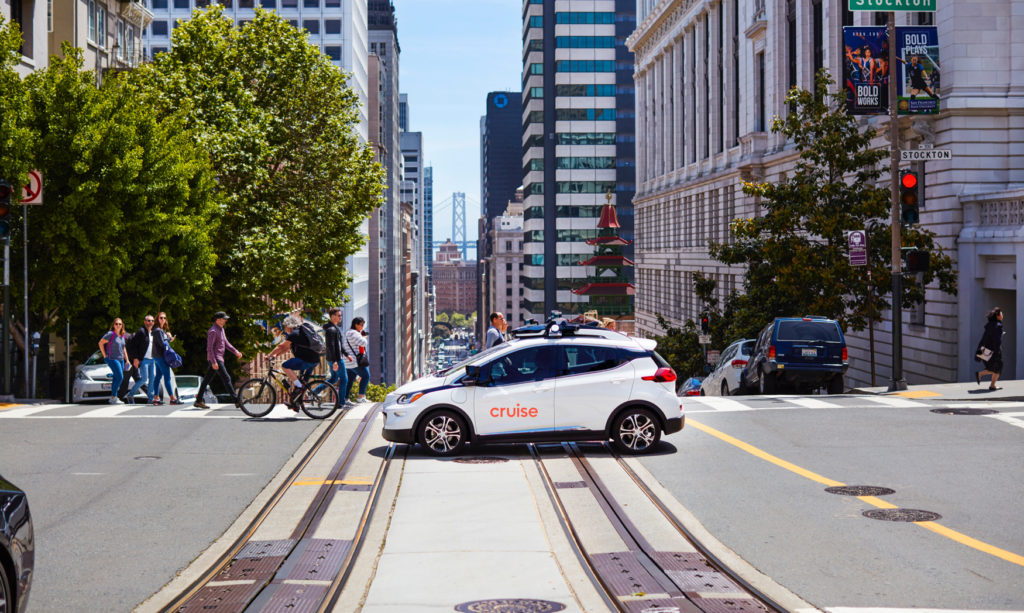GM Cruise, a self-driving vehicle developer backed by General Motors (GM), has pushed back the launch date for its autonomous robo-taxis beyond the end of the year, stating that more testing is needed to ensure safety standards are met.
“To reach the level of performance and safety validation required to deploy a fully driverless service in San Francisco, we will be significantly increasing our testing and validation miles over the balance of this year, which has the effect of carrying the timing of fully driverless deployment beyond the end of the year,” said Dan Ammann, CEO of Cruise.
Since 2016, Cruise has expanded from 40 employees to around 1,500 today. This year alone, the company has raised more than US$7bn in funding from technology investors such as SoftBank Vision Fund and T Rowe Price, as well as from its automotive partners General Motors and Honda.
Cruise predominantly tests its vehicles in San Francisco, California, as it believes that mastering the city’s complex urban environment will allow Cruise vehicles to be deployed in scale to operate in less complicated suburban neighborhoods.
The next stages for Cruise involve accelerated testing and safety validation, increased community engagement, scaled electric vehicle (EV) infrastructure build-out, and developing the company’s next-generation self-driving vehicle in partnership with GM and Honda.
“With such high stakes, our first deployment needs to be done right and we will only deploy when we can demonstrate that we will have a net positive impact on safety on our roads,” said Ammann. “We are in discussions with our regulators on how this will be measured and validated. We will share more on this topic in the near future.”


